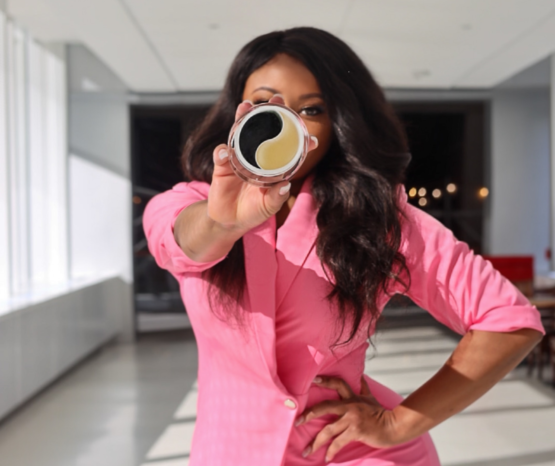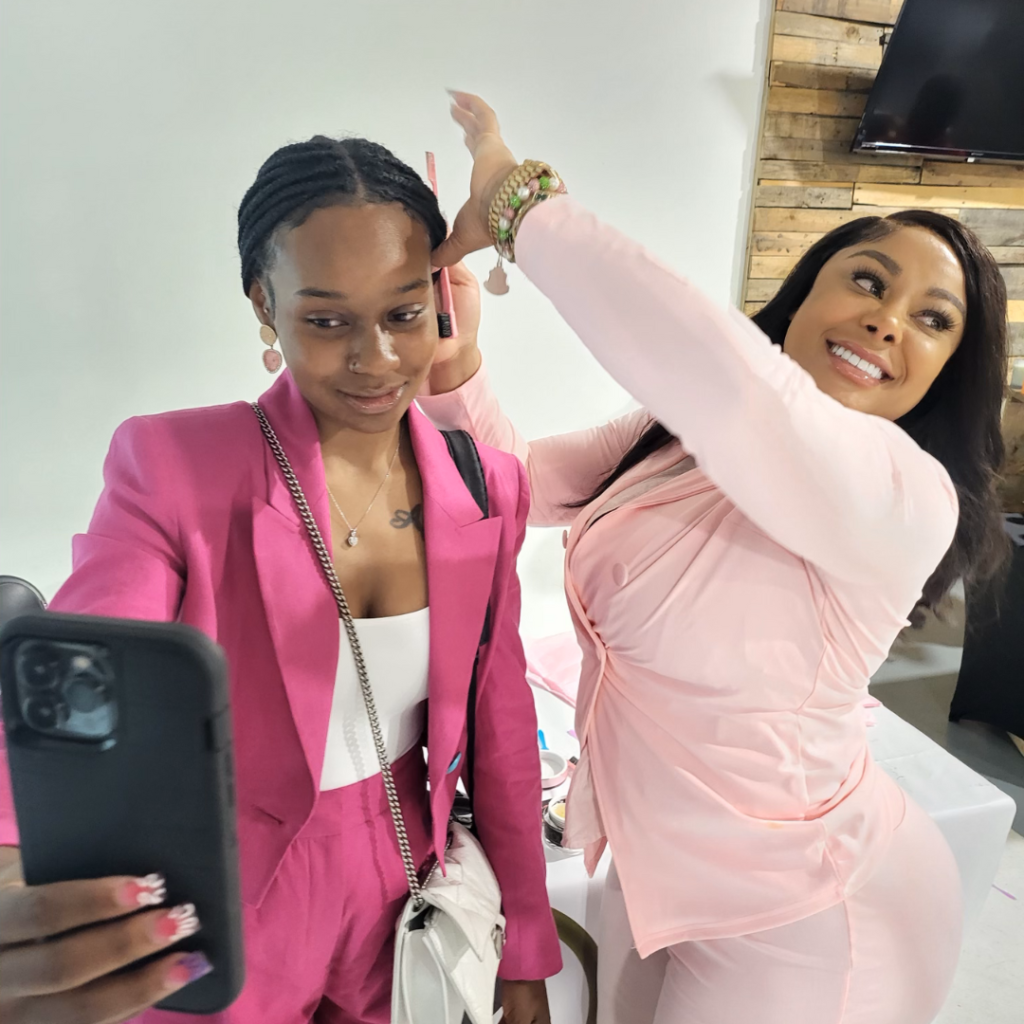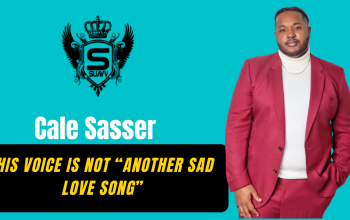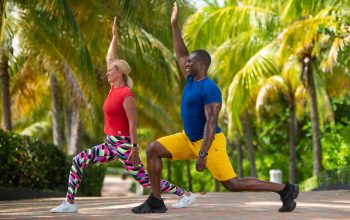SUAVV: My grandmom used to make this hair grease that my family swears by and was the best stuff you could ever put in your hair, but it was like hair grease/lotion. You literally just start rubbing in everywhere and glow for hours. So, I love the chemistry of necessity that black women have created. How did you, how did you find out what was working? Was it a lot of trial and error, a lot of research, and finding out what friends are using?
Tabitha: Yes. All of that. So definitely trial and error. Basically, it’s a billion-dollar industry, so we spend a lot of our coins on black hair care products and even still, most of them don’t work. Long story short, I just wanted a different route. I kind of used different formulas and different things that different ethnicities were using. I kind of broke the wheel of what we’re doing right now and came out with something that works. We don’t necessarily need the harsh chemicals that are in relaxers to achieve the looks that we’re trying to achieve.
SUAVV: So when you, when you do this because I know a lot of issues that women have are the relaxers, the perms, the heat, the everyday styling kind of thing. I also know that you do a lot of damage to where you have to start from scratch, cut it all off, and let it grow back. When you do that how do you bounce back? Because I know hair is a thing.
Tabitha: Honestly, I’ll, I’ll say this ’cause you know as you said, we start all over, but it’s almost like getting a tattoo or something. Like, it’s not gonna be how it was originally. So you can only start all over so much to where you’re kind of just messing up the original and you wanna limit that. So the best thing you can do is start all over but change your ways, change your habits. It’s a lifestyle, so, you don’t want to keep messing up and starting all over ’cause you’re not starting from the same beautiful beginning that you had. And then that’s where we are, I guess now, in this culture, in this era, we’re educated, our kids don’t have to go through what we went through as kids, we can, we can start from a good place and build on that and not have to keep damaging and fix and damage from the years. I say when, when you know, better do better.
SUAVV: Yeah. So one of the damage-driven areas, which is kind of like where your expertise is at now, is edge control. To start, how do people mess up their edges?
Tabitha: Yes, exactly. I’ll say this I’m gonna give grace to the girls because it’s not always our fault. It starts from when we’re young, wearing ponytails, putting tension on the edges, wearing braids, all of that, our wigs and weaves. But just even like I said, from being a baby and having to have these, these styles where we’re pulling, we’re getting tension and we’re receding. So there’s a mass majority of us that have what’s called tension alopecia. That’s how we get missing the edges. And long story short, that’s why I kind of invented the remedy of a product that I have. It’s gonna fill in your hairline a little bit to give you a little bit of grace, and it’s gonna slick you down without having the chemicals of going back to a relaxer. So I definitely saw that issue in the culture and try to do my part to help solve it.
SUAVV: Yeah. So as men, you know men who have daughters a ponytail is the easy way to go. And again, we don’t know if we’re doing harm or not, we just know we need to put it in a ponytail and send you on about your business. So, would you suggest that we do less of the ponytails, and less of the braids when kids are young, and find more natural hairstyles for them?
Tabitha: Very, very good question. I would say get her a good little girl, natural hairstylist, and the answer is, it’s not, don’t get braids, don’t get a ponytail. It just switches up your protective styles. So if you constantly are doing ponytail, ponytail, or braids, braids, yes, that’s gonna give you some tension. But, you know, if you do a little ponytail here and there and then you do a braid style that’s not pulling on your edges and you just switch it up and a professional stylist can see it and know what your next move should be. I think that’s a good place to start.
SUAVV: Yeah. And I, I feel like, you know, I’ve done Platts…
Tabitha: Plats are good.
SUAVV: Plats. Plats were my go-to. That’s what I knew how to do. Plat, barrettes, and bows. I was on point. I was that good uncle (both laughing). When you’re doing this and again it’s great to switch it up, like you said, you switch it up, you find different ways to do it. How do you build that confidence in young girls learning to be okay with how their hair looks?





